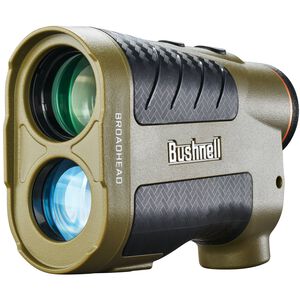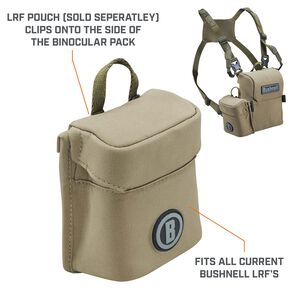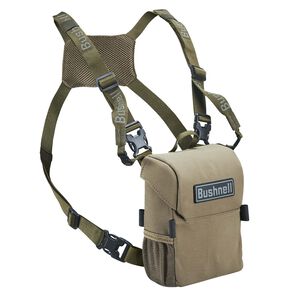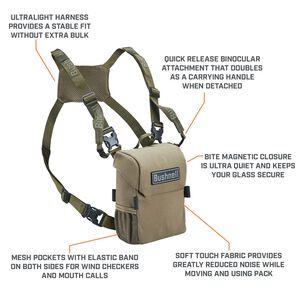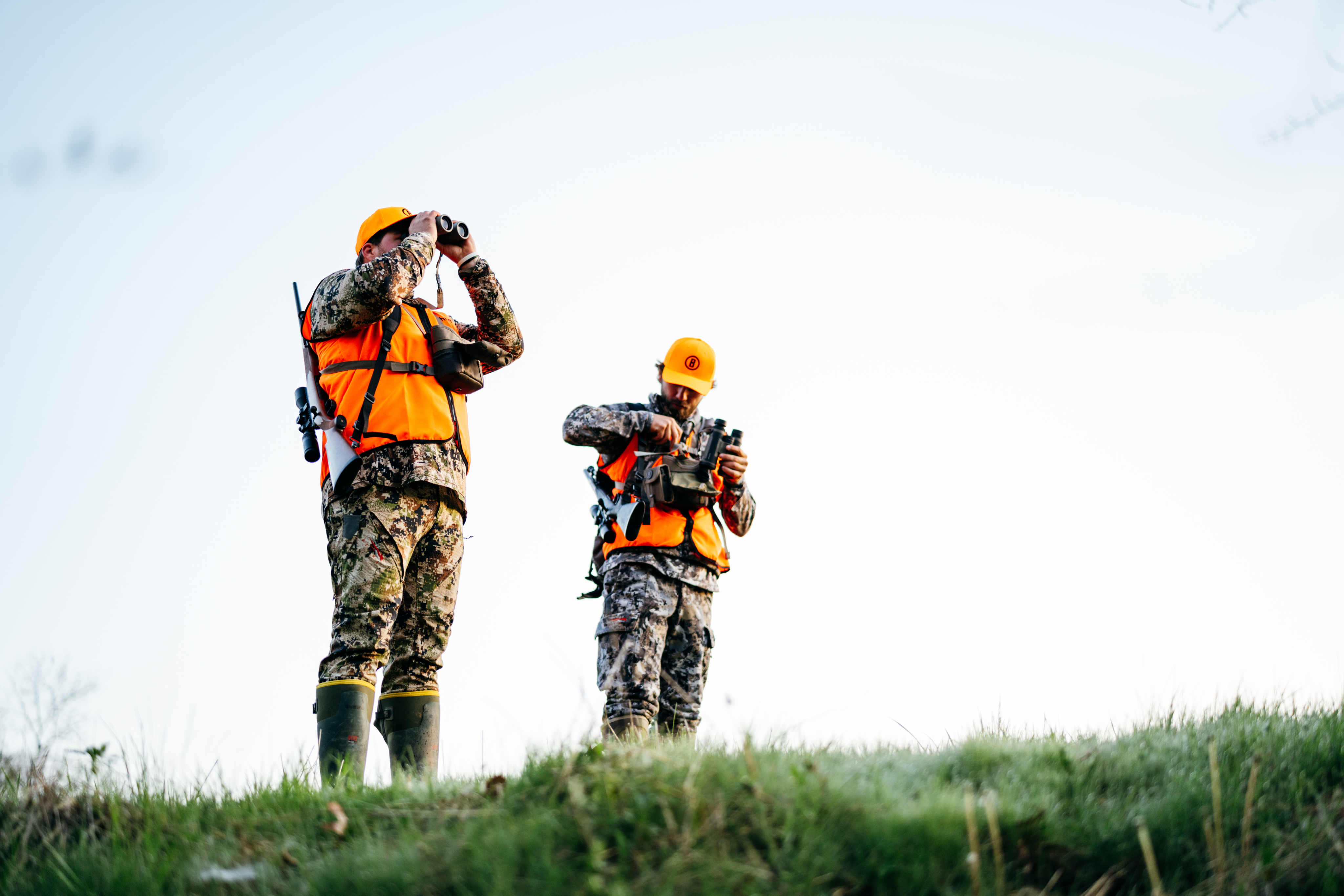
ARC Mode: What is it? How to use it?
Let’s talk a little science. Specifically, we’re going to look at the science behind distance measurements. On flat ground, it’s a simple affair. A straight line (or line of sight) measurement is exactly what you expect it to be. It is the distance from Point A to Point B. This is known as the horizontal distance. The distance you stand from the target is the distance to the target.
But what happens when the target is located uphill? Or downhill? That’s where things get interesting.
First, let’s start by thinking about how an arrow flies. Without factoring in drop, those projectiles fly, more or less, horizontally to the target. Thus, the distance that arrow travels is the horizontal distance.
Again, on flat ground this is easy to understand but when the target you’re aiming at is at an upward or downward angle, the projectile will still travel on a horizontal path but determining that horizontal distance, and thus the correct sight pin to use, is more difficult. Why? Because you’re shooting at an angle. You may think this is because of gravity…and you’d be mostly wrong, particularly when talking about arrows. Yes, gravity does play a role. But, for bowhunters, uphill shots are tricky to range more so because of the sight systems that we use. The sighting pin on a bow resides several inches above the mechanical axis of the arrow. For example, when one is aiming 23 degrees up an incline, the arrow is at a different angle than when shooting on level ground.
This angle variation must be factored in as well as the impact angles play in true horizontal distance. If you rely solely on line-of-sight yardage, you will see your point of impact will simply be less than accurate.
Let’s look at a real-world example.
Let’s assume we’ve placed a target 35 yards from the base of a tree. We have a treestand in that tree that’s roughly 20 feet off the ground. When shooting at that target from the ground (which is flat to the target), the horizontal distance is, indeed, 35 yards. But, when we climb the tree and shoot from the elevated position, the horizontal distance increases because we are, technically, further from the target. Let’s assume here that the distance is now 40 yards to the target…you place your 40-yard-pin on the target and fire. The shot hits high. Why? A combination of inaccurate yardage calculation and the impact of a bow’s sighting system.

The Solution
This is why a rangefinder with Bushnell’s Angle Range Compensation (ARC) is so critical for hunters, especially those who hunt from elevated positions or in areas of rolling to steep terrain. The Bushnell Broadhead includes ARC technology that takes all of the guesswork out of adjusting your aim point for changes in elevation.
The ARC system is a geometry wizard that instantly senses the angle to your target, processes the true horizontal distance based on that angle and factors in the way a bow’s sighting system is used to calculate the correct aiming yardage to the target. You can simply switch your Broadhead to Bow mode which activates the ARC technology, range your target and know that the display will show the adjusted range to your target with an industry-leading +/- 0.3 yard accuracy.
How It Does It
The Broadhead (and all Bushnell rangefinders employing the ARC technology) utilize a built-in inclinometer which provides angular data to a processor chip when targeting objects that are either uphill or downhill. This data is then combined with internal algorithmic formulas to deliver the true horizontal distance to your target.
Selectable Operating Modes allow you to adjust the performance parameters of the unit to suit your specific situation and environment. Along with the standard “line of sight” distance, when the Fire button is released, the Nitro laser rangefinder’s display can also show you the true horizontal distance.
Summary
You don’t have to be a science wiz or a full-fledged mathematician to understand that angles and elevation have a big-time impact on how far a target actually is from your position. Nor do you need to do a bunch of in-head figuring to compensate. All you need to do is grab a Broadhead rangefinder, set it to Bow mode and let ARC do the work for you.
